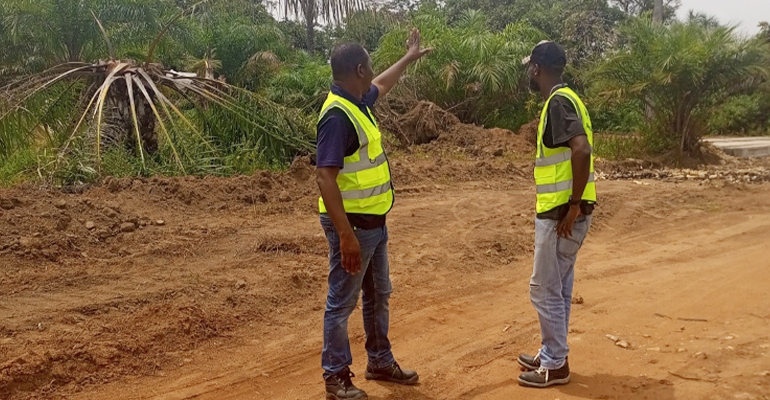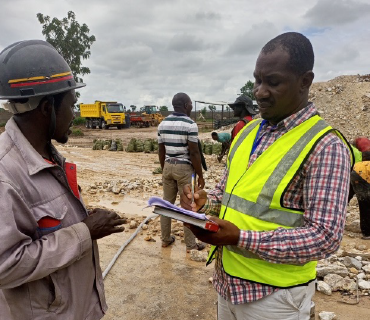Suite 201 Ebenezer Place, Area 1 Abuja

Suite 201 Ebenezer Place, Area 1 Abuja
Mon - Sat 8:00 am to 5:00 pm

EIA assesses and predicts the impacts of a proposed project or action on human and ecosystems well-being. As such, EIA focuses on proposed development activities such as highways, power stations, mining, large-scale industrial facilities, or embankment projects. Environmental impact, which may be caused by such activities, is assessed and examined from the earliest project planning stage possible. Alternative proposals or mitigation measures to prevent or reduce the likely adverse impacts must be examined and incorporated into the project plan.
EIA is useful in identifying the environmental and social impacts of proposed projects prior to implementation in order to predict these impacts at an early stage in project planning and design. It aims at finding ways and means of reducing adverse impacts, shape project to suit the local environment, and present the predictions and options to decision makers.

EIA is a planning process used to help ensure that environmental matters are taken into account early in the project planning process, along with the more traditional technical and economic considerations.
Information is used to guide the data collection and impact assessment phases.
The impact assessment phase involves analyzing the potential environmental impacts of the project and developing strategies to mitigate them.
The mitigation strategies may include changes to the project design or construction methods, or measures to protect or restore affected ecosystems.